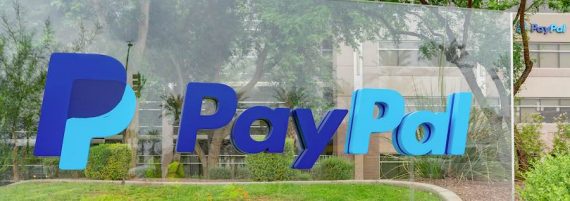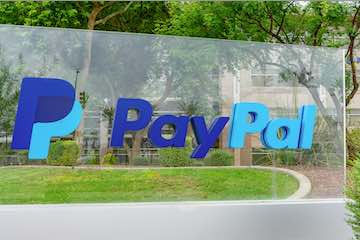Here’s Why PayPal Should Acquire Pinterest
[ad_1]
PayPal has denied printed stories that it’s thinking about buying Pinterest. Nonetheless, if consummated, the transaction may be the primary of many related acquisitions as platforms search vertical integration.
On this put up, I’ll tackle why it is sensible for PayPal to purchase Pinterest, and why different ecommerce suppliers might get severe about vertical integration.

PayPal’s acquisition of Pinterest might add vertical integration heft.
Vertical Integration
China’s main retailers have demonstrated that vertical integration in ecommerce works.
Social commerce in China combines content material, chat, dwell streaming, sharing, and retail purchases. It obliterates the distinctions between social media networks and on-line shops (to paraphrase one in all my articles).
Profitable ecommerce-focused companies in China are built-in, however the federal government’s obvious machinations to interrupt up or restrict their affect. These companies have a social media community or content material arm. They’ve a retail element or market. They’ve fee processing and different monetary tech companies. They’ve success companies. And so they usually have a tool, reminiscent of a telephone, or a tool community.
Comparable patterns exist with main Western corporations.
Amazon has Prime video, a content material community. The corporate has an enormous retail market. It has success capabilities. It has Amazon Pay. And it has good audio system and Kindle units.
Apple, Google, Fb, and Walmart even have some mixture of those companies or merchandise. Different corporations, together with Shopify, might comply with.
On this sense, PayPal buying Pinterest would put it in good firm. It will present key parts of the vertical integration puzzle.
Creator Economic system
PayPal would possibly wish to concentrate on a distinct segment with loads of room for development and never but dominated by one or two vertically built-in corporations. That area of interest might be the creator economy.
Vloggers, bloggers, podcasters, cooks, coaches, consultants, unbiased musicians, and artists are among the many lengthy checklist of entrepreneurs collectively referred to as creators. Typically creators produce content material for an viewers on platforms reminiscent of YouTube, Instagram, TikTok, or Pinterest. They develop giant followings of adoring followers, after which these creators search methods to monetize that relationship.
The creator financial system is reportedly price about $100 billion, but it surely has the potential to develop. The chance to service creators is, for some, a tech business gold rush.
Pinterest not too long ago modified its interface to encourage creators. If the mixture of PayPal and Pinterest allowed the latter to succeed as a TikTok for adults, the dad or mum might be well-positioned for development.
Adios Cost Processing
One among PayPal’s core companies, fee processing, faces quite a few challenges.
Direct rivals. Bloody competitors within the funds processing business might make it tough for pure processors to develop and even survive. Suppliers embrace PayPal, Helcim, Sq., Stripe, Authorize.web, and a whole lot of others.
New entrants. Many corporations are entering the fee processing business in a technique or one other — Amazon Pay, Google Pay, Apple Pay, Walmart Pay, Shopify Pay, and so forth. Vertically built-in companies perceive that fee processing shouldn’t be a discrete operate however a function of another service. Whereas these built-in corporations might make offers with pure-play fee processors within the close to time period, they might simply as simply develop the capabilities themselves.
Substitutions. Stablecoin and central bank digital currencies would possibly sound like science fiction, however they might marginalize bank card and bank-issued debit card ecommerce purchases. Stablecoin and CBDCs would have a lot decrease processing charges than fee playing cards, supply comparatively higher fraud safety, and open new markets. In each instances, stablecoin and CBDC, fee processors can be pointless.
Dissatisfied clients. Retailers and direct-to-consumer manufacturers pay greater than $100 billion yearly in fee processing charges. All sellers search methods to cut back these charges in my expertise — I’ve by no means met a service provider that enjoyed its fee processer. Most would abandon the processor for a greater and lower-cost various.
Extra to Come?
Any of those aggressive forces might disrupt PayPal’s fee processing enterprise. Its acquisition of Pinterest might safe its future. Search for different business contributors to hunt vertical integration and development.
[ad_2]
Source link

